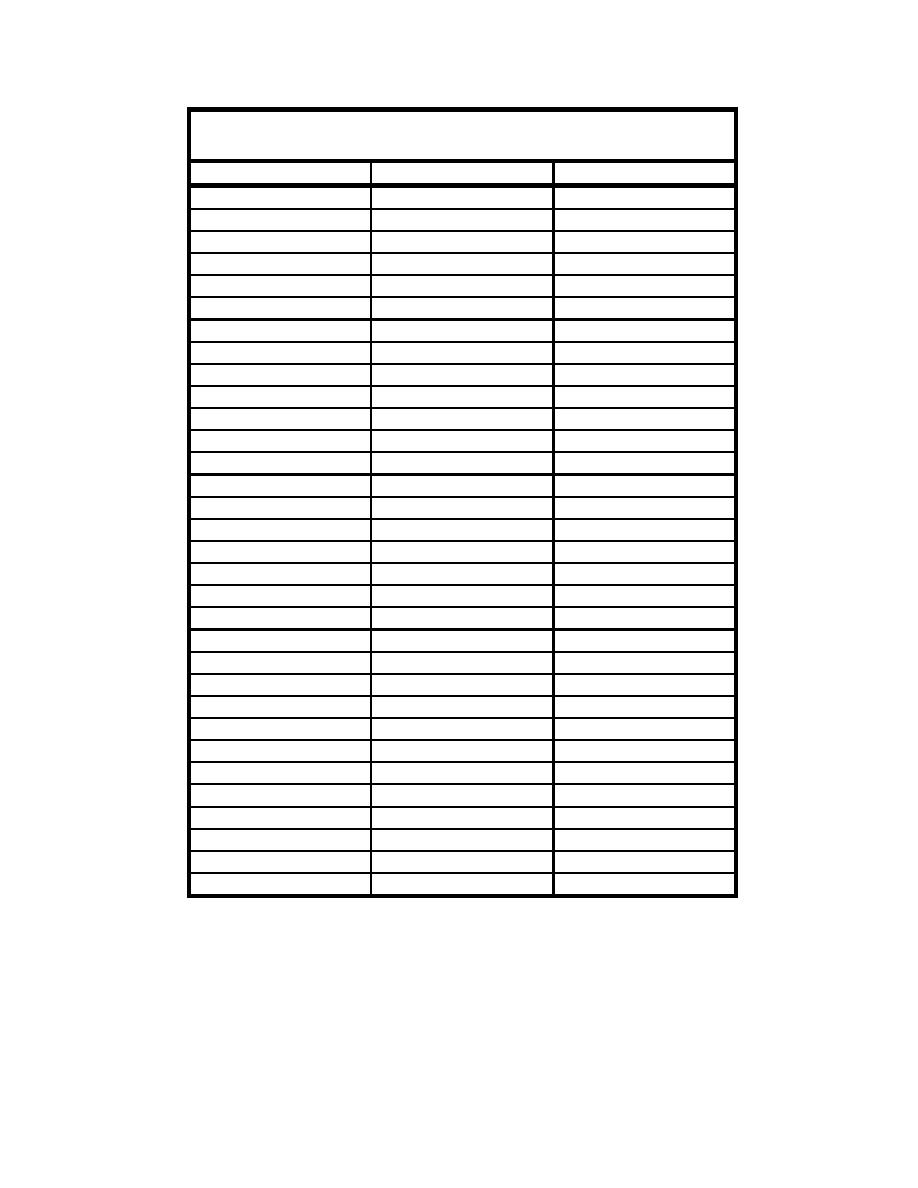
Table 5
Deepwater Wave Stations
Station Number
Latitude, deg N
Longitude, deg E
1
13.37
144.45
2
13.45
144.45
3
13.53
144.45
4
13.45
144.53
5
13.53
144.53
6
13.62
144.53
7
13.53
144.62
8
13.62
144.62
9
14.12
144.95
10
14.20
144.95
11
14.03
145.03
12
14.12
145.03
13
14.20
145.03
14
14.28
145.03
15
13.95
145.12
16
14.03
145.12
17
14.28
145.12
18
14.37
145.12
19
13.95
145.20
20
14.03
145.20
21
14.28
145.20
22
14.37
145.20
23
13.95
145.28
24
14.03
145.28
25
14.28
145.28
26
14.37
145.28
27
14.03
145.37
28
14.12
145.37
29
14.20
145.37
30
14.28
145.37
31
14.12
145.45
32
14.20
145.45
Nearshore methodologies applied in previous CHL studies do not adequately
accommodate the new requirements of the present study. In the feasibility report
for this project, the U.S. Army Engineer Division, Pacific Ocean (1995) used a
widely accepted approach for runup and overtopping on sloping beaches to
analyze the existing condition. Overtopping relationships developed by Ward
and Ahrens (1992) were used to analyze the plan condition. Ward and Ahrens
conducted laboratory experiments with a variety of different structural coastal
19
Chapter 3
Modeling Approach



 Previous Page
Previous Page
